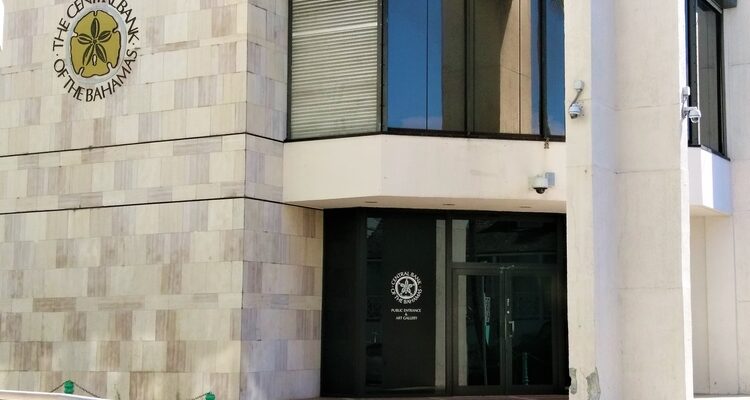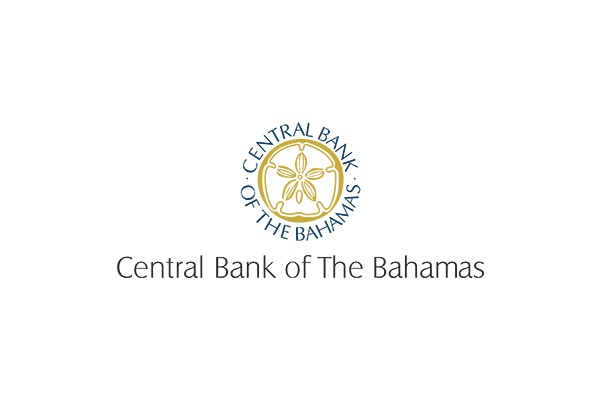
Sand Dollar to achieve full interoperability within a week

Following cyber-security assessments, commercial institutions in The Bahamas are being cleared to issue the island’s ‘Sand Dollar’, the world’s first Central Bank Digital Currency (CBDC).
In a statement to the local media, the Central Bank of The Bahamas announced that the Sand Dollar is expected to achieve full interoperability between its various wallet providers within a week. The Bahamas’ Central Bank revealed that authorised financial institutions (AFIs), such as payments service providers, are expected to be finalised in their Sand Dollar clearance within the coming days.
A deadline of Wednesday is expected to be met.
The Central Bank pointed out that the AFIs in question have been subject to rigorous cyber-security assessments, given that they essentially will be acting as wallet providers and prospective issuers of the Sand Dollar.
Noting that institutions that adopted the Central Bank’s own app, the banking regulator for The Bahamas banking system stated that these institutions have already been cleared to participate, while those that intend to use their own proprietary apps are still being processed.
In October 2020, the Sand Dollar became the first CBDC in the world to go beyond the pilot stage and achieve an official launch.
Gradual roll out of The Bahamas Sand Dollar
The centrally issued digital currency became available for use by all Bahamian citizens upon release, while integration with the commercial banking system has been subject to a gradual rollout. The completion of that integration is now imminent.

In its statement, the Bahamas Central Bank wrote that, “the Central Bank expects to imminently complete the technical integration of the digital infrastructure with the commercial banking system”.
This will establish links between wallets and bank deposit accounts through the Bahamas Automated Clearing House and allow transfer of funds in both directions.
Nine institutions have been cleared to operate as CBDC issuers to date, consisting of four money transmission businesses, three payment services institutions, one credit union and one commercial bank. Interoperability between these entities would allow for the Sand Dollar to be distributed and used more efficiently across a range of different applications.
Each Sand Dollar is pegged to the value of the Bahamian dollar, which in turn is pegged to the value of the US dollar.
In order to guide the new CBDC system, the Central Bank of The Bahamas has released new draft regulations aimed specifically at the way payment services providers interact with the Sand Dollar with a purported focus on consumer protection.
The draft regulations are intended to enhance the existing legislative framework governing payment services providers, specific to their provision of CBDC-linked services.
The regulation is expected to be finalised by May 1.







Comments